Results
-
 £60.99
£60.99Four Seasons, The - Antonio Vivaldi
This Baroque masterpiece is skillfully adapted for developing bands. Each of Vivaldi's four movements has been scored to preserve the beauty or the original work. Includes: Spring, Winter, Summer, and Autumn,
Estimated dispatch 7-14 working days
-
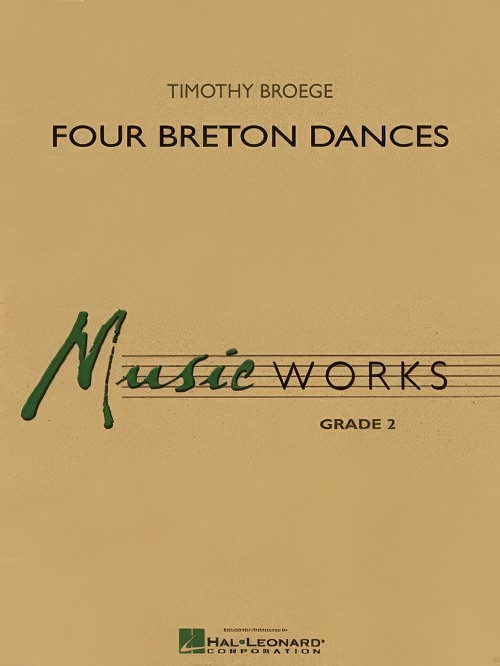 £53.50
£53.50Four Breton Dances (Concert Band - Score and Parts) - Broege, Timothy
The Brittany, or Breton, region of France has been heavily influenced by Celtic traditions, retaining much of its earlier heritage from Scotland and Wales. This composition evolves from four folk dances from this region, and features a captivating mix of modal tunefulness and characteristic harmonic drones. Duration: 4:20
Estimated dispatch 7-14 working days
-
 £76.99
£76.99Four Old Dances (Flexible Ensemble - Score and Parts) - Van der Roost, Jan
These four dances are written in a kind of neo renaissance style. Because of the fact that little technical demands are required from its performing artists, these dances are mainly meant for beginning groups, youth ensembles and also for bands in all kinds of small strengths. Jan Van der Roost originally had pedagogical intentions with this piece.Duration: 5:45
Estimated dispatch 7-14 working days
-
 £53.50
£53.50Four Breton Dances - Timothy Broege
The Brittany, or Breton, region of France has been heavily influenced by Celtic traditions, retaining much of its earlier heritage from Scotland and Wales. This composition evolves from four folk dances from this region, andfeatures a captivating mix of modal tunefulness and characteristic harmonic drones. Dur: 4:20 (Includes full performance CD)
Estimated dispatch 7-14 working days
-
 £8.00
£8.00The New Bennett Band Book - Harold Bennett
The Bennett Band Books, published in four volumes starting in 1923, were used to teach literally millions of young band musicians in the middle of the twentieth century the march form and style. The pieces utilized in this book are: Activity, Summit, Success, Project, Courage, Mister Joe, Genius, Improvement, At Sight, Little Rastus, Laurel and Aline. These delightful marches, composed by famous march composer Henry Fillmore using the pseudonym Harold Bennett, have been given new life by arranger Larry Clark. The original essence of these marches is retained and only the instrumentation and some range issues have been altered to fit the needs of today's developing bands. This collection includes twelve of the Bennett marches along with a helpful march warm-up section composed by Larry Clark to help you teach the march form and style to young students. There is the added benefit of a full recording of each march performed by a professional band on the CD that is included in the conductor's score. This is a valuable collection for any level band to use for marches at contest/festival performance or for sight-reading purposes.
Estimated dispatch 12-14 working days
-
 £98.00
£98.00Four Scottish Dances - Malcolm Arnold
These dances were composed early in 1957, and are dedicated to the BBC Light Music Festival. They are all based on original melodies but one, the melody of which is composed by Robert Burns. This Classic Band Edition is the definitive wind ensemble orchestration of worldwide renown, as referenced in the composer's own Program Notes:"The first dance is in the style of a slow strathspey -- a slow Scottish dance in 4/4 meter -- with many dotted notes, frequently in the inverted arrangement of the 'Scottish snap.' The name was derived from the strath valley of Spey. The second, a lively reel, begins in the key of E-flat and rises a semitone each time it is played until the bassoon plays it, at a greatly reduced speed, in the key of G. The final statement of the dance is at the original speed in the home key of E-flat.The third dance is in the style of a Hebridean song and attempts to give an impression of the sea and mountain scenery on a calm summer's day in the Hebrides. The last dance is a lively fling, which makes a great deal of use of the open string pitches of the violin (saxophones in the band edition)."
Estimated dispatch 12-14 working days
-
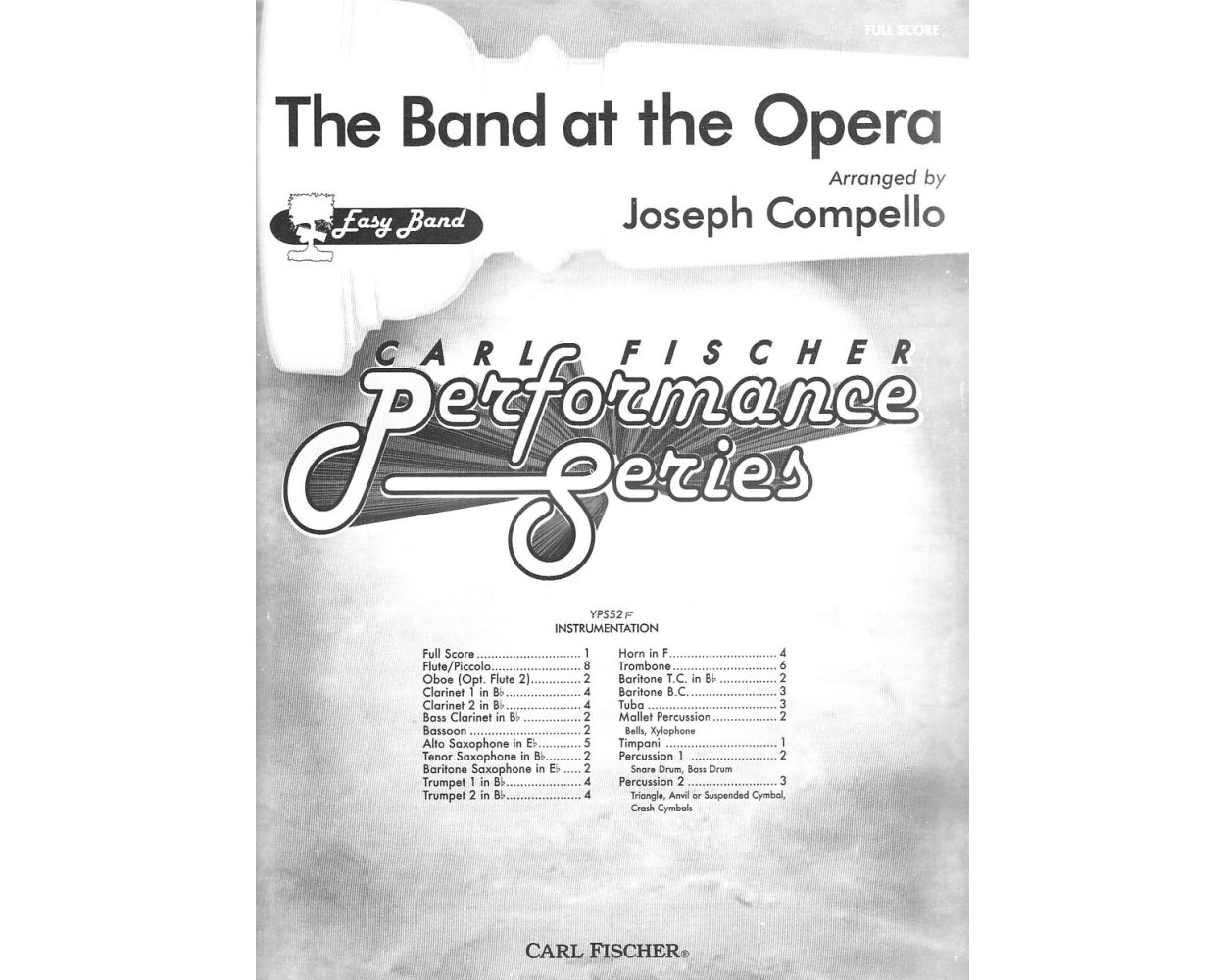 £57.00
£57.00The Band At The Opera
The Band at the Opera is a medley of four of the most popularly known opera excerpts: The Toreador Song from Bizet's Carmen, the conclusion of Vesti la giubba from Leoncavallo's Pagliacci, The Anvil Chorus from Verdi's Il Trovatore, and the finale of the Overture to Rossini's William Tell.
Estimated dispatch 12-14 working days
-
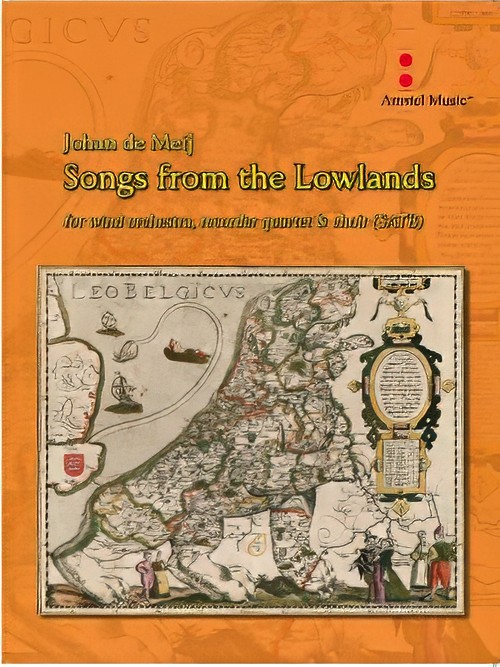 £156.00
£156.00Songs from the Lowlands (Recorder Quartet and Optional Choir with Concert Band - Score and Parts) - De Meij, Johan
Songs from the Lowlands is a collection of songs from the 16th and 17th centuries from my native country The Netherlands, formerly known as The Low Countries. They are, by turns, patriotic songs by Adriaen Valerius from the time when our country was occupied by Spain, naughty love songs and a drinking song, Peeckel-Haringh. Songs from the Lowlands was written for the farewell concert of my dear friend Jim Yarnell, who has been the director of bands at The American School of The Hague for four decades. Jim conducted the premire at his final concert, April 8, 2022, and now enjoys a well-deserved retirement.Duration: 12.00Songs from the Lowlands can be performed instrumental or with SATB choir (choral parts available separately).
Estimated dispatch 7-14 working days
-
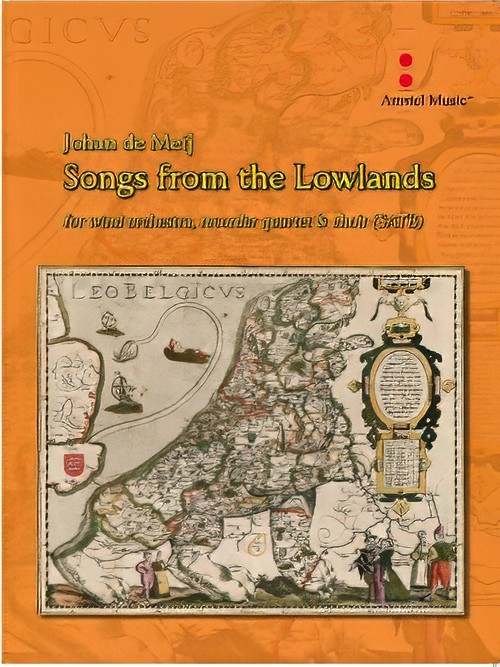 £28.99
£28.99Songs from the Lowlands (SATB Choir - 25 Pack) - De Meij, Johan
Songs from the Lowlands is a collection of songs from the 16th and 17th centuries from my native country The Netherlands, formerly known as The Low Countries. They are, by turns, patriotic songs by Adriaen Valerius from the time when our country was occupied by Spain, naughty love songs and a drinking song, Peeckel-Haringh. Songs from the Lowlands was written for the farewell concert of my dear friend Jim Yarnell, who has been the director of bands at The American School of The Hague for four decades. Jim conducted the premiere at his final concert, April 8, 2022, and now enjoys a well-deserved retirement.Duration: 12.00
Estimated dispatch 7-14 working days
-
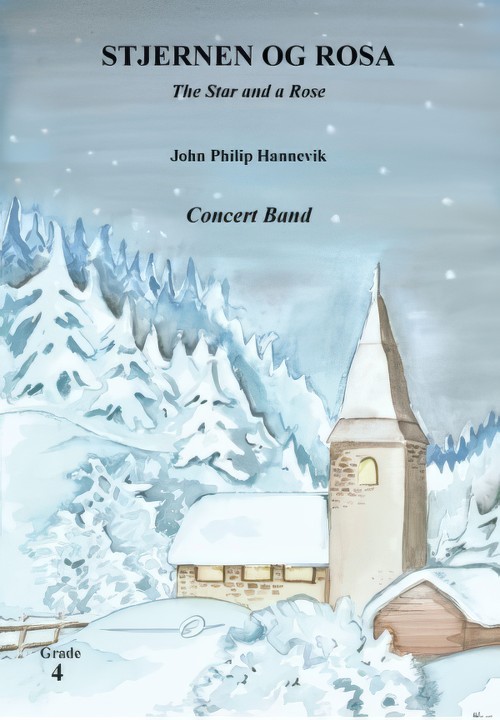 £122.20
£122.20Stjernen og Rosa (The Star and a Rose) (Concert Band - Score and Parts) - Hannevik, John Philip
The Star and a Rose is a big-scale Christmas piece for band, featuring four seasonal chorales.The first is a Gregorian-like chant Hodie Christus natus est.In this section of the piece, a soloist can be placed away from the band, maybe on a gallery. The soloist can be a tenor instrument, maybe trombone, or you can feature a vocal soloist. After this, the music leads us on to the old German Christmas chorale Lo, how a rose e'er blooming. This song is given a fairly rhythmical treatment, but make sure that the melody is presented in a cantabile style. An interlude follows, before the piece presents one of the most used and loved Scandinavian Christmas chorales, Mitt hjerte alltid vanker (My Heart will always wander), composed by the Danish bishop Hans Adolph Brorson around 1732. This song is building towards a climax, before the solo horn brings it all down to the Stable view described in the lyrics. Then comes a transition that brings us in to the final section of the piece, which presents the international Christmas Carol Adeste Fideles. As many will notice, I have borrowed a section from David Wilcocks majestic harmonization towards the end.The title of the piece has its background form the lyrics in My heart will always wander, where the text speaks about the stars in the sky. But also in the Latin text for Adeste Fideles: Stella duce, Magi, Christum adorantes. The Rose is of course from the lyrics in the chorale Lo, how a Rose.Duration: 10.30
Estimated dispatch 7-14 working days
